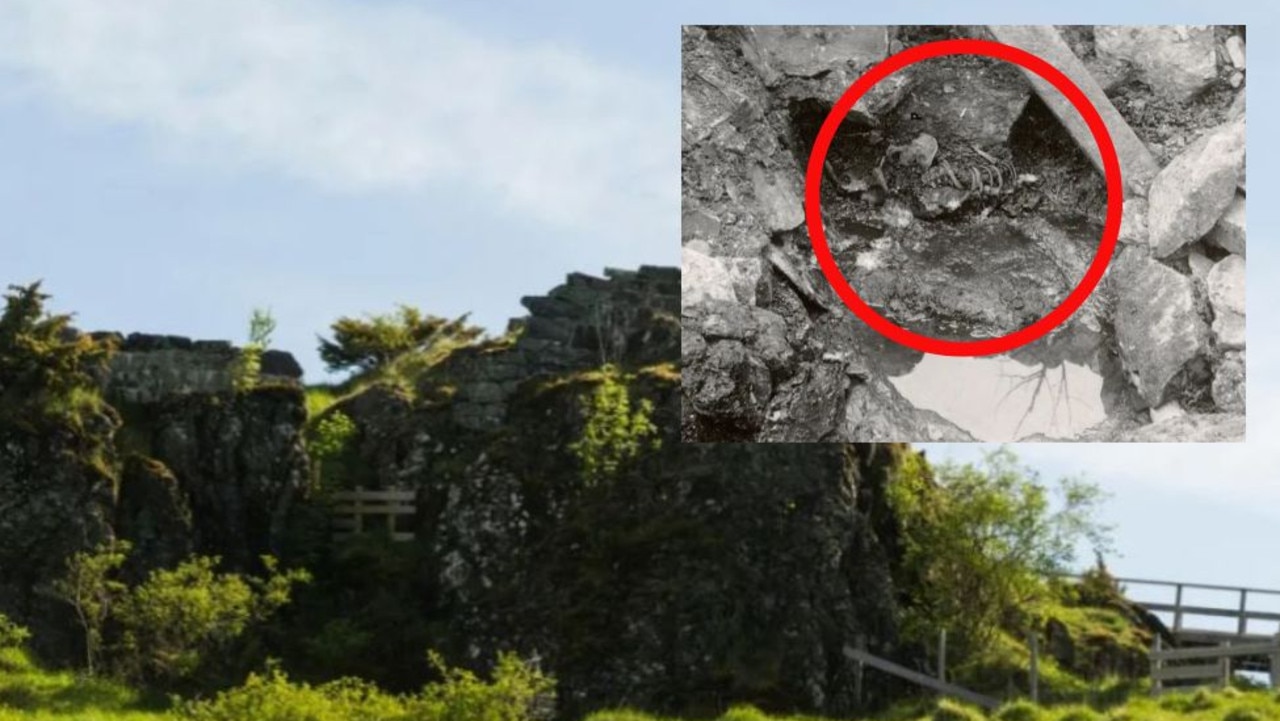How a mosquito bite nearly killed me
THE excruciating headache was the first sign this wasn’t a simple bug bite. After her near-death experience, this woman said it was easily prevented.
I AM terrified of mosquitoes. If I hear one buzzing around or see one anywhere near me I run. That’s because I nearly died after a mosquito bit me.
I was 25 and had moved to Indonesia for a year to work as part of an Australian government volunteer program. Before being sent overseas, the program included a full briefing on how to stay healthy and about 10 needles to protect against infections such as Japanese encephalitis and typhoid. There was one virus we were told about called dengue fever — which was passed on by mosquitoes. The virus had no vaccine, treatment or cure. I remember thinking it was the one I didn’t want to get.
As soon as I got to the country, all the advice I was given such as wearing mosquito repellent and avoiding going outside at dusk or dawn was quickly forgotten. I thought I was invincible and there was no way I would get anything. I was living among the locals in Bogor (Indonesia’s third largest city) and never saw them putting on repellent. My work colleagues never talked about mosquito protection.

One day about six months into my time in the country, I was at work when an excruciating headache struck. It was so painful I could barely stumble to the sick room to lie down. At the end of the day, I didn’t feel any better and I was taken to the doctor. My blood was taken, but the results wouldn’t be in for a few days.
I went home to rest, but over the next few days I felt even worse with a high fever, nausea, muscle pain and fatigue. I couldn’t eat and I could barely move from my bed. Then the phone call came. I had dengue fever and had to go straight to hospital. I was scared.
When I got to hospital I was immediately hooked up to a drip. I then became a human pin cushion as the nurses took my blood every three hours to make sure it was still clotting and I wasn’t going to spontaneously bleed out. I was in hospital for a few days and then told it was safe for me to go home and rest.
But that night at home in bed the pain was so bad — it was radiating down from my chest into my stomach. I remember ringing a nursing hotline in Australia that we had been given as part of the program and no one answered. I honestly thought I was going to die and I have never been so happy to see the sun rise. I told my house mates and they took me back to the hospital.
When I got there, the doctor scolded me and said I was severely dehydrated. I had developed a bright red rash. I was put back on a drip and my blood was taken. My platelet count had fallen to 22,000 when the average range is 150,000 to 450,000 and I was at serious risk of bleeding out. I could feel the panic seeping in among the medical staff. There was talk of evacuating me to Singapore for blood transfusions and I was stressed as I didn’t have my passport on me. I was ringing my mum and she was preparing to book flights to Singapore. I lay in the hospital bed thinking I really didn’t want to die alone here.
I was lucky though. For some reason I turned a corner and started to feel better that night, while my platelet count went up. I was in hospital for a few more days and then went to stay with my adopted Indonesian family who helped nurse me back to the health. I was so scarred by the experience that I headed back home to Australia about a week later.

Dengue fever used to be called break bone fever due to its symptoms including fever, headaches, rashes, weight loss and aches and pains, explained Professor Scott Ritchie from the Australian Institute of Tropical Health & Medicine. In severe cases it can cause shock and death, he said.
Dengue fever kills people through a process called capillary leakage, Professor Ritchie said, where blood platelets escape through the body’s internal barriers causing lungs to fill up with fluid and in severe cases it impairs the blood’s ability to clot causing shock and haemorrhaging. There are four different types of dengue fever and catching one won’t give you protection from another strain, he said.
The virus is common in tropical areas such as Latin America, Asia and the Pacific, but its reach was extending, said Professor Ritchie.
“Indeed there is an ongoing outbreak of dengue in Italy which is being carried by the Asian tiger mosquito. But in reality dengue is a global threat in the tropics and subtropics with an estimated 100 million clinical cases — that’s probably a bit on the high-end but that is a published estimate,” he said.
Australia is not immune to dengue fever, but it is currently restricted to tropical areas, he said.
“So basically we’ve seen dengue transmission in urban areas from about Townsville North through Cairns into Port Douglas and into the Torres Strait. Historically dengue occurred in many areas of eastern Australia all the way south to just north of Sydney. However, since the 1950s, dengue has been restricted to those areas above primarily due to the restricted range of the mosquito responsible for carrying dengue — the Aedes aegypti mosquito,” he said.
Professor Ritchie said it was quite simple for people to protect themselves from dengue fever, including ensuring there was no place for the mosquito to breed.
“It is a highly domesticated mosquito that breeds in artificial water in holding containers and it feeds almost exclusively on humans,” he said.
“So if you can avoid having stuff in your yard that holds water, you can decrease the chance of producing dengue mosquitoes. Things to be aware of that really produce large numbers of dengue mosquitoes include tyres, buckets, pot plant bases and clogged roof gutters, so health authorities recommend that you frequently do a tour of your yard and try to clean up items such as these that hold water can breed mosquitoes.”
And the simple measure I should have taken — using a mosquito repellent which has at least a 20 per cent concentration of DEET to protect against bites. It is often hard to find repellents with DEET in Asia, so if you’re planning to travel in these areas make sure you get some before you leave home. And don’t just leave it in your suitcase like I did!
Sarah Sharples is a journalist living in London. Follow her on Twitter at @s_sharple
If you have a personal story you would like to share, email: real.life.stories@news.com.au



